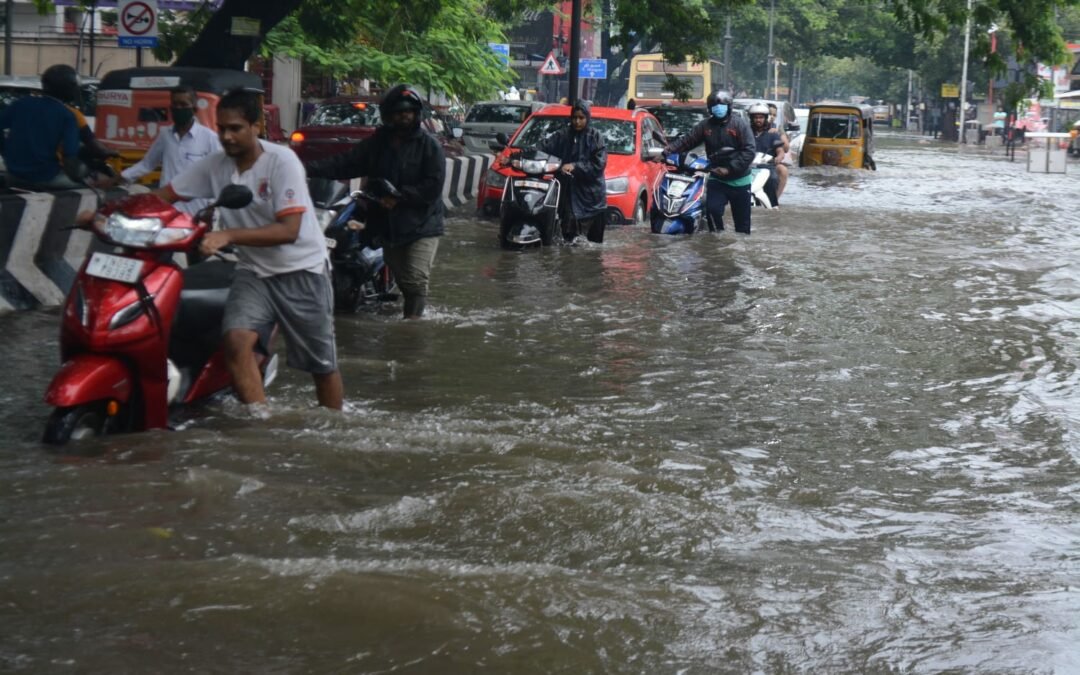Read in : தமிழ்
Following the massive floods of 1976, the first vice-chancellor of Anna University and former chief engineer of the Public Works Department (PWD), P Sivalingam, submitted a report to the government on how to stop flooding of the city. The report has never been made public even 45 years after its submission.
Following the 2015 floods, CMDA chief planner NV Raghunath had said the recommendations given in those report should be implemented. After this year’s floods, medical doctor and social activist, V Pugazhenthi, has asked that the report should be made public and its recommendations should be implemented.

Prof P Sivalingam First vice-chancellor of Anna University and former chief engineer PWD
He says that the Central Water Commission’s rules mandate that the flood plains of all rivers should be clearly mapped and put in public domain. Dr Pugazhenthi adds that this should have been part of Chennai Master Plan 3. Only then can flood control measures be properly planned and implemented, he says.
Flood plains of all rivers should be clearly mapped and put in public domain
Dr Pugazhenthi says that while there were 650 waterbodies in the city in 1970, this has come down to 35 now. He cites an IIT study on this. Many lakes and water tanks have disappeared. “The Buckingham Canal has become narrow because of the Metro Rail project whereas the canal was meant to serve as a drain for rain water. Encroachments along waterbodies should be removed. Further, waterbodies should be deepened and storm water drains should be maintained properly,” he says.
Pugazhenthi cites the case of Japan that has little spare land where big water sumps are constructed underground to store rain water for later use.
While there were 650 waterbodies in the city in 1970, this has come down to 35 now.
Radiosondes that measure various atmospheric parameters and are a useful guide for predicting weather have been inoperational for six months in Chennai. Met officials have said they were hampered by the lack of these instruments in predicting this year’s rain. He demanded that these instruments be brought back into service immediately.
The red-alert has been withdrawn in Chennai as far as rain is concerned. But across the city people are still waiting for the flood water to drain out. While the impact of this year’s rain is less than in 2015, the government should plan long and short-term measures to ensure flooding is minimized, said Dr Pugazhenthi.
Read in : தமிழ்











